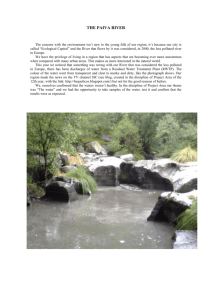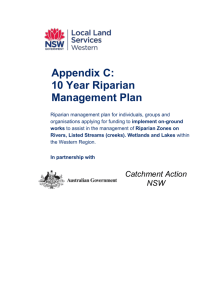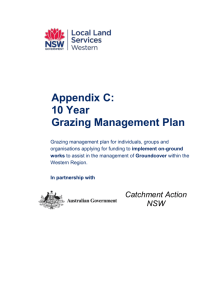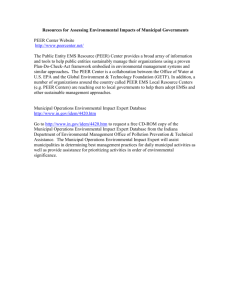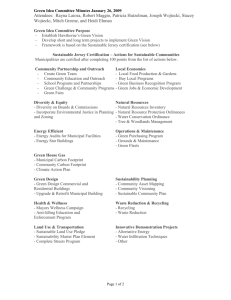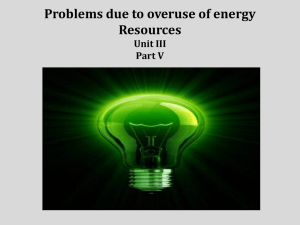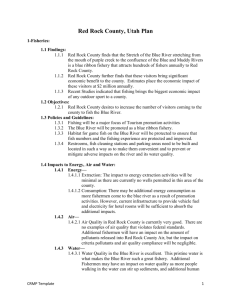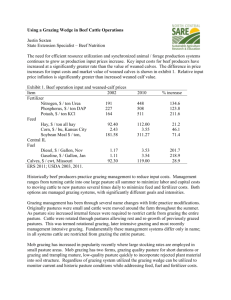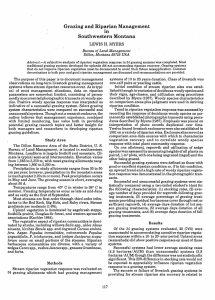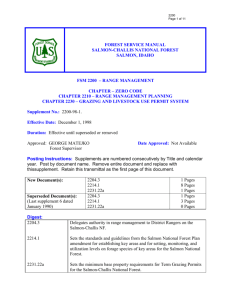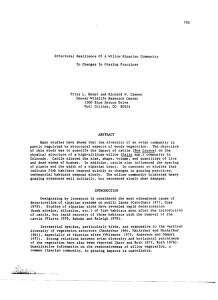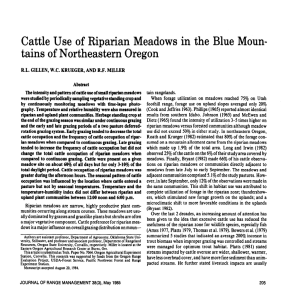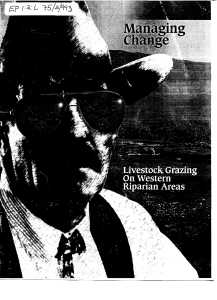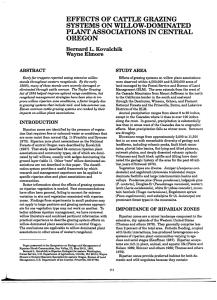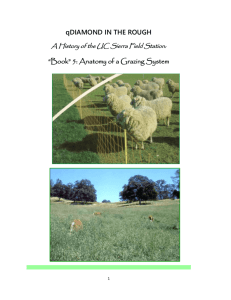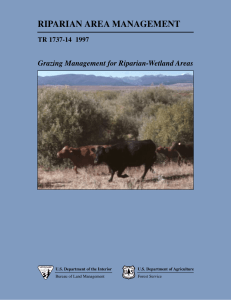EPA Guidance on Potential Sources of Contamination Found in
advertisement
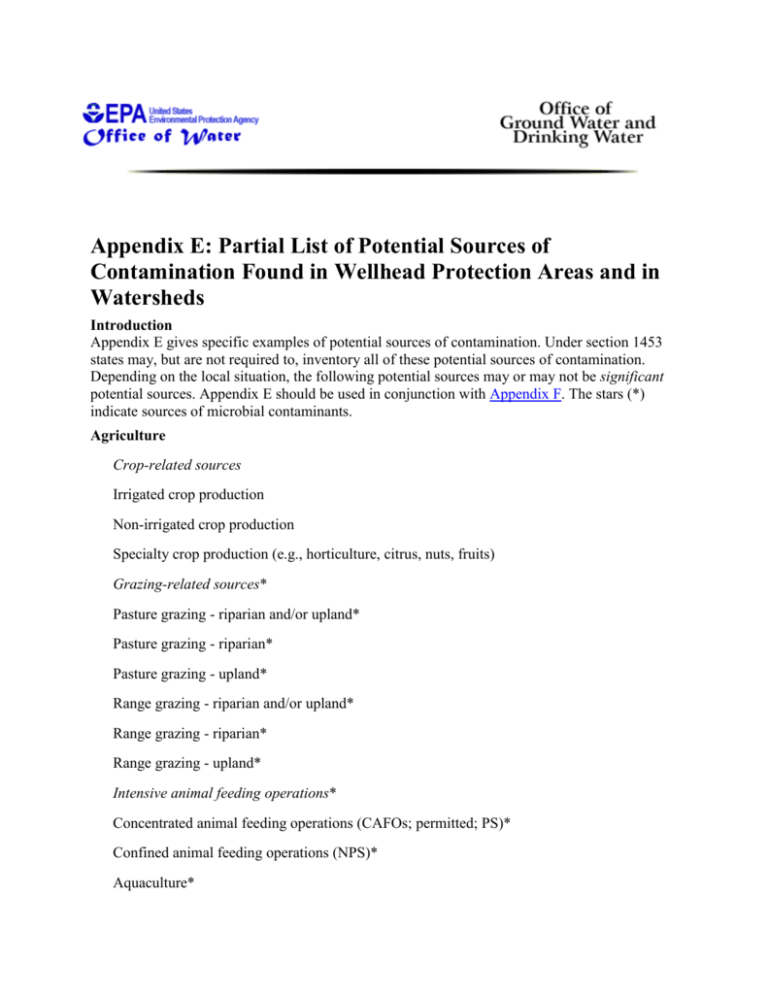
Appendix E: Partial List of Potential Sources of Contamination Found in Wellhead Protection Areas and in Watersheds Introduction Appendix E gives specific examples of potential sources of contamination. Under section 1453 states may, but are not required to, inventory all of these potential sources of contamination. Depending on the local situation, the following potential sources may or may not be significant potential sources. Appendix E should be used in conjunction with Appendix F. The stars (*) indicate sources of microbial contaminants. Agriculture Crop-related sources Irrigated crop production Non-irrigated crop production Specialty crop production (e.g., horticulture, citrus, nuts, fruits) Grazing-related sources* Pasture grazing - riparian and/or upland* Pasture grazing - riparian* Pasture grazing - upland* Range grazing - riparian and/or upland* Range grazing - riparian* Range grazing - upland* Intensive animal feeding operations* Concentrated animal feeding operations (CAFOs; permitted; PS)* Confined animal feeding operations (NPS)* Aquaculture* Atmospheric deposition Collection system failure Combined sewer overflow* Construction Highway/road/bridge construction Land development Contaminated sediments Debris and bottom deposits Domestic wastewater lagoon* Erosion from derelict land Groundwater loadings Groundwater withdrawal Habitat modification (other than hydromodification) Removal of riparian vegetation Bank or shoreline modification/destabilization Drainage/filling of wetlands Highway maintenance and runoff Hydromodification Channelization Dredging Dam construction Upstream impoundment Flow regulations/modification Industrial Point Sources Major industrial point sources Minor industrial point sources Internal nutrient cycling (primarily lakes) Land disposal Sludge* Wastewater* Landfills* Inappropriate waste disposal/wildcat dumping* Industrial land treatment Onsite wastewater systems (septic tanks)* Hazardous waste Septage disposal* Leaking underground storage tanks Marinas and recreational boating In-water releases* On-land releases* Municipal point sources* Major Municipal Point Sources - dry and/or wet weather discharges* Major Municipal Point Sources - dry weather discharges* Major Municipal Point Sources - wet weather discharges* Minor Municipal Point Sources - dry and/or wet weather discharges* Minor Municipal Point Sources - dry weather discharges* Minor Municipal Point Sources - wet weather discharges* Package plants (small flows)* Natural sources (e.g., arsenic, radon, wildlife)* Other Recreation and tourism activities (other than boating) Golf courses Resource extraction Surface mining Subsurface mining Placer mining Dredge mining Petroleum activities Mill tailings Mine tailings Acid mine drainage Abandoned mining Inactive mining Salt storage sites Sediment resuspension Sewer lines (leaking)* Silviculture Harvesting, restoration, residue management Forest management (e.g., pumped drainage, fertilization, pesticide application) Logging road construction/maintenance Silvicultural point sources Sources outside state jurisdiction or borders* Spills (accidental)* Unknown source* Urban runoff/storm sewers* Nonindustrial permitted* Industrial permitted* Other urban runoff* Illicit connections/illegal hookups/dry weather flows* Highway/road/bridge runoff Erosion and sedimentation Waste storage/storage tank leaks (above ground)* NOTE: EPA's 305(b) guidance also asks states to identify major sources of contamination of waters designated for drinking water supply use. States are urged to coordinate their source water and 305(b) information and programs.
